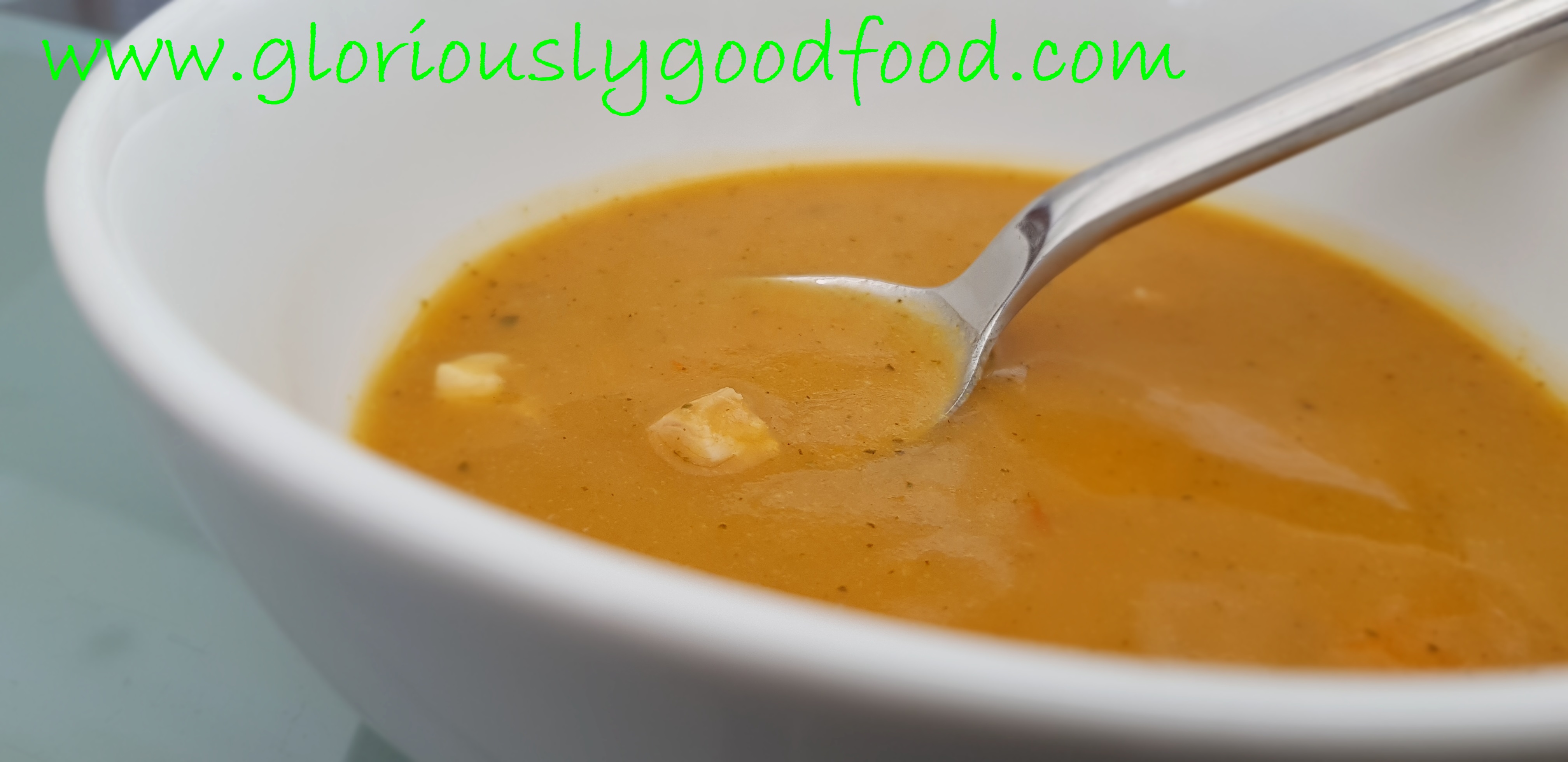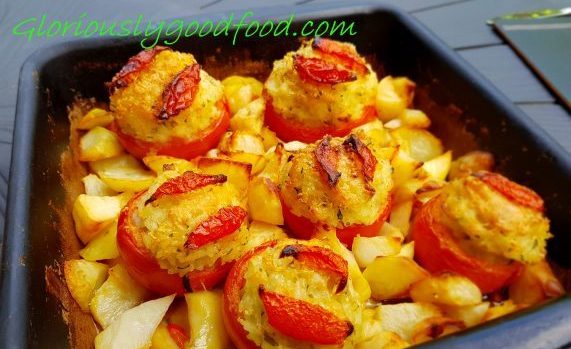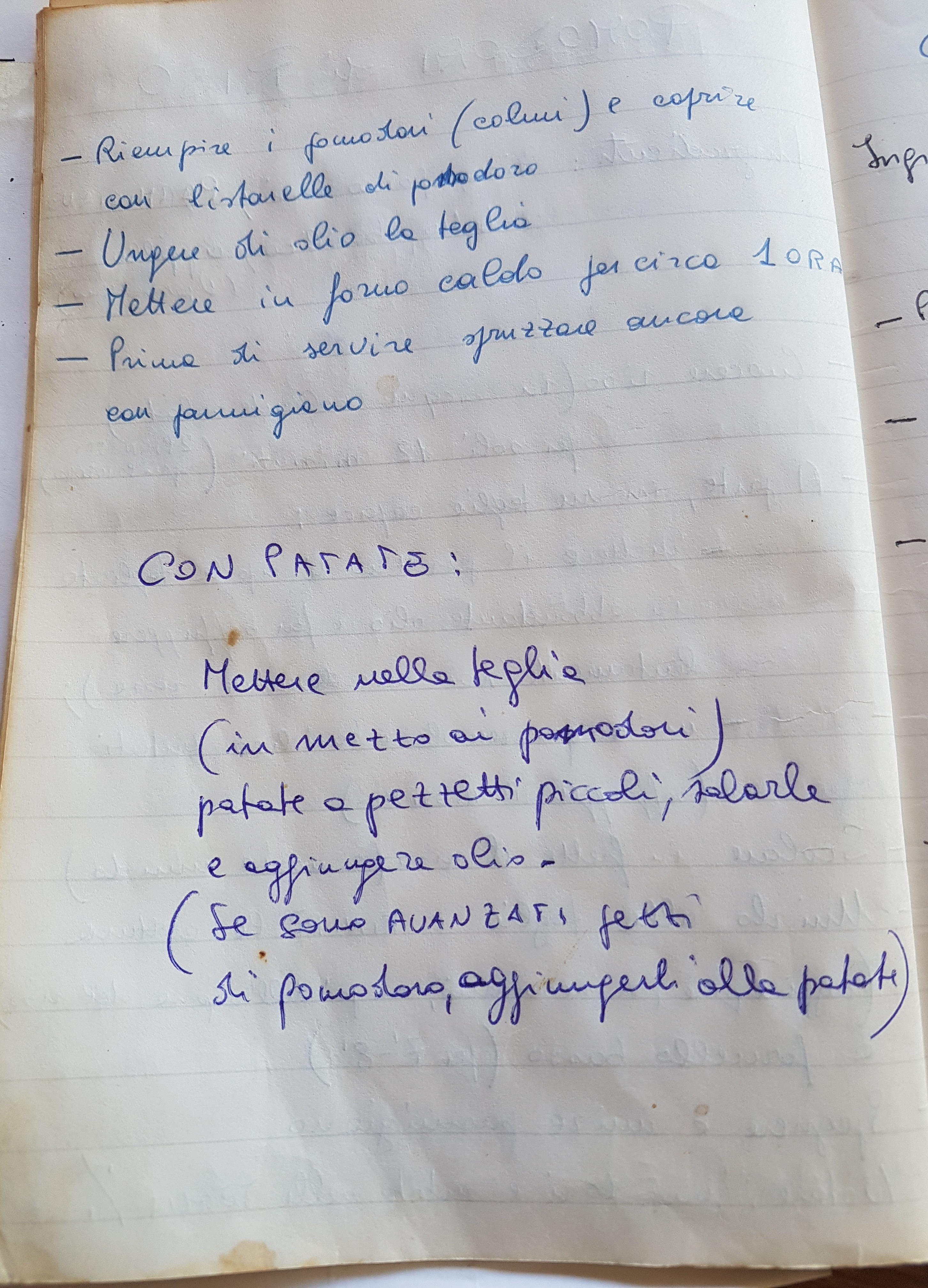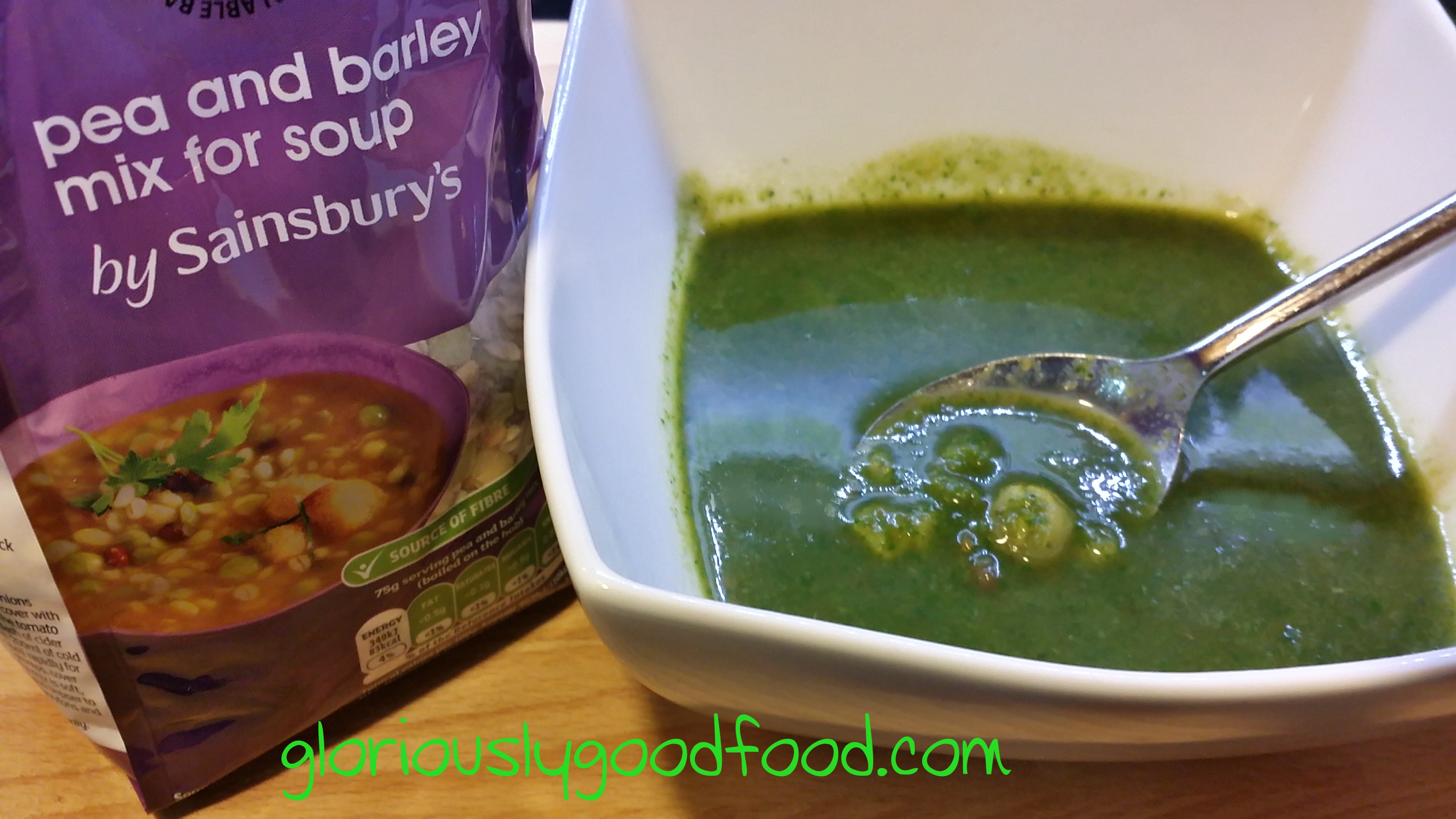This is another one of my low-cal, low-carb, low-fat recipes for my pre-op diet before I have weight loss surgery next week.

The recipe is one of those ‘chuck things in’ kind of recipes, so the vegetable quantities are approximate. Play around with it and find what suits your palate in terms of actual vegetables used and ratio of one to another 🙂
Ingredients (for two hearty / filling portions containing virtually no fat and half the amount of protein I was advised to have in one day during my pre-op diet)
- 1 chicken thigh (boneless, skinless, all visible fat removed), approx. 100g raw weight
- 1l chicken stock (I make this with 2 Knorr chicken stock pots and 1l water, but you can make your own low-fat stock or buy other stock cubes / pots)
- 2-3 baby carrots or one standard carrot, scraped, topped and tailed (cut into smaller chunks if using a standard size carrot)
- 2-3 broccoli florets
- Approximately 200g tinned chopped tomatoes
- 2 very small potatoes, peeled and cut into chunks
- 1 small courgette, cut into chunky slices
Method
Place all the ingredients into a saucepan and bring to the boil, then simmer for approximately 30 minutes or until all ingredients are cooked and the harder vegetables are tender enough to break easily with a spoon.
Once the soup is cooked, remove the chicken thigh and set it aside, then place the remaining ingredients (all stock and all vegetables) into a food processor. Blend until smooth or, if you prefer, leave a few chunkier pieces in.
Chop the chicken into pea-size pieces. As this makes two portions,
place half the chicken pieces into a food storage container or bag and add half the soup.
If you don’t want that much soup in one go, you can of course split this into more portions. If you are following a pre-op diet like mine, make sure you have enough protein in your other meal of the day if you have less than half the chicken thigh in one meal.
Serve the remaining half of soup, with the remaining half of chopped chicken pieces, immediately.
Gloriously simple, gloriously good!
Disclaimer: I am not a dietitian or medical professional. These are simply ideas based on meals I have created to suit my own dietary needs and, as I’ve enjoyed them, I wanted to share them. If you are unsure about the suitability of any ingredients or recipes on my blog for your own requirements, please check with a health professional first.









